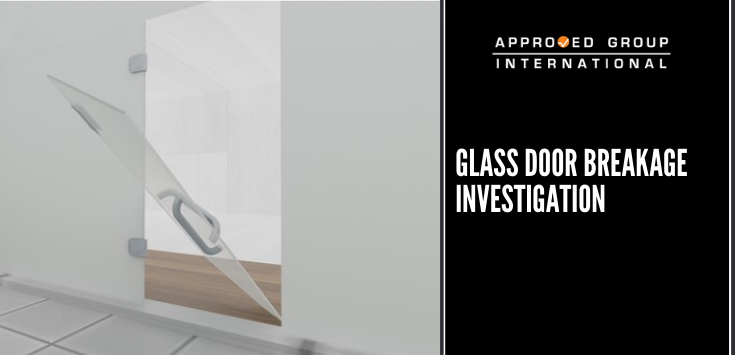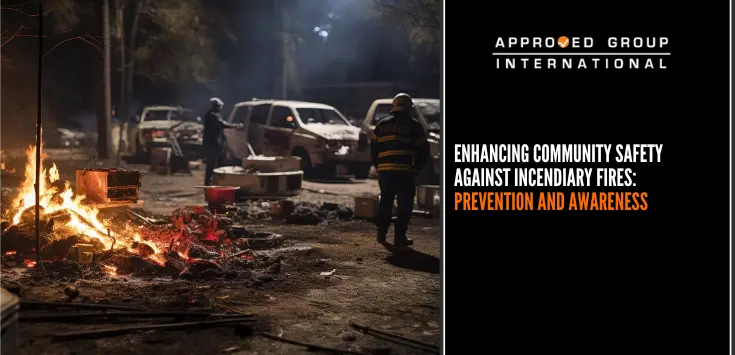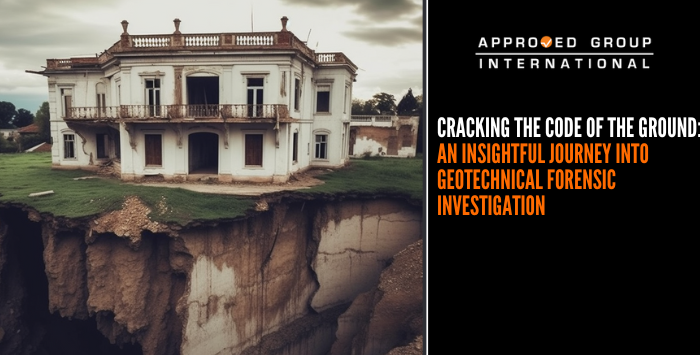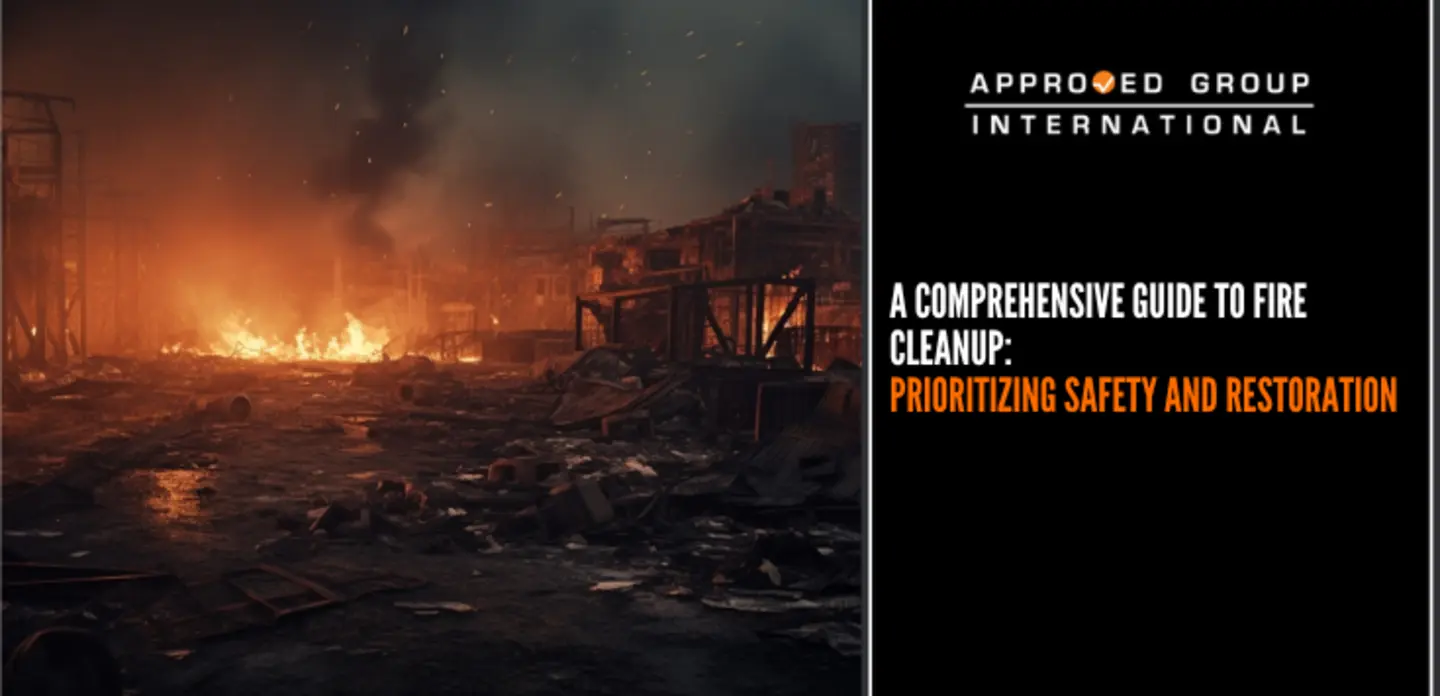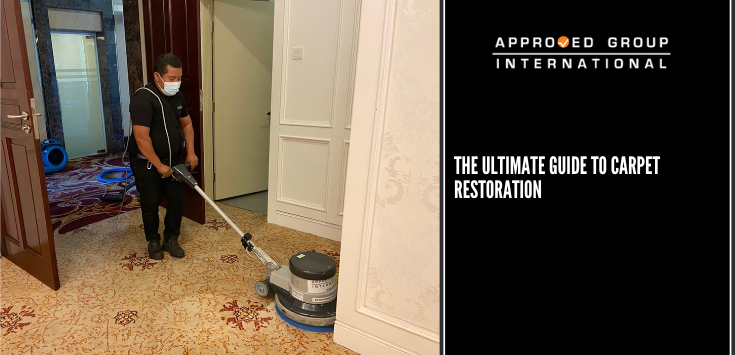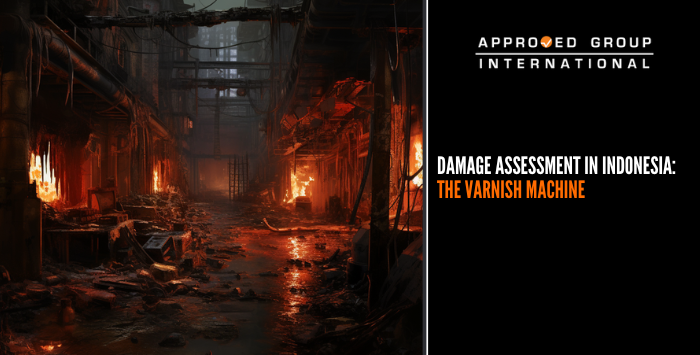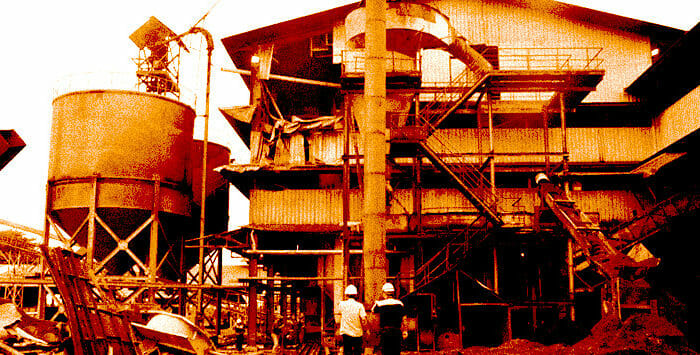On the night of 22 August 2020, a Hotel’s Maintenance & Engineering (M&E) Manager was doing his patrolling rounds when he was informed of an incident involving the shattering of a glass door which injured a hotel guest.
Upon enquiry, it was understood that the incident happened in one of rooms of the Hotel and the injured guest arranged to receive treatment at a nearby hospital. After the guest departed, further inspection of the hotel room was carried out. The M&E Manager found that the glass door of the room’s washroom had shattered and glass pieces were scattered on the floor. The door’s bottom hinge was still attached to its respective holder; however, it was bent and not in it’s supposed condition.
AGI was provided with photos and details of the glass door and requested to conduct a desktop review on the incident. A desktop review was done based on scientific analysis of the information and photos provided. Calculating the probable forces acting on the glass door during the fall, the findings were then rendered into a simulation software to identify the possible cause of the incident, assess the liability of the claim, and to get a first person view on how the incident could have unfolded.
Below are the findings and results of the investigation and examination of the origin and possible cause of the glass door breakage.
Based on the photos provided, the glass door is deemed to be fitted with double acting hinges which enables it to be opened in both inward and outward directions with both sides of the door having handles of varying dimensions and thickness.
The final resting position of the door after it collapsed is shown in Figure 1 where the door’s bottom section is entirely inside the washroom.


From our experience and research, hinge failures usually occur depending on how much it has been used whereas the usual causes of glass doors falling are due to an external force acting on it. The team then set out to identify possible scenarios of the Hotel door’s hinge failing, forces acting on the door and its final resting position.
Upon detailed analysis, the team had identified four possibilities:
- The glass door could have free fallen inward or outward due to its top hinge being dislodged – findings showed that the door could not have fallen solely due the bottom hinge being dislodged as it would still be held in place by the top hinge. Therefore, only if the top hinge was broken or dislodged could it have caused the door to free fall without any external force acting on it. However, in that scenario, the final resting position of the door would be such that the bottom of the door would be at the entrance of the washroom whereas the top will be either inside or outside depending on how the door was opened. When compared to photos provided, the final resting position of the glass door was not consistent with the findings rendered. Therefore, the glass door could not have fallen on its own due to dislodged top hinge. (Figure 8 / 10)



II. The glass door could have fallen due to dislodged top hinge with door opened inward or outward – findings showed that if the top hinge of the door is dislodged, it will fall following the force exerted on it when it is pushed or pulled. Simulations suggested that in this case, the final resting position of the door would differ to that of it’s actual resting position during the incident, ruling out this possibility.



III. The glass door could have fallen due to dislodged bottom hinge with its motion inward or outward – findings showed that when bottom hinge is dislodged, the weight of the door is supported by the top hinge and the floor below the door causing it to tilt slightly towards the bottom hinge. As such, when it is opened, the door will free fall to the floor towards the opposite direction of the force exerted to open it, if it is opened inwards, the door’s bottom will end up inside the washroom and vice versa. Comparing the rendered resting position of the door to the actual photos, it is similar to that when the door is opened inward with the bottom hinge broken or dislodged during its fall. However, this will leave the door’s bottom close to the entrance of the washroom as opposed to the final resting position shown in the photos where the shattered door can be seen much further inside the washroom.



IV. The glass door could have fallen due to human involvement – findings show that without an external force acting on it, the door could not be in its final resting position as seen in the photos provided. This suggest that human involvement cannot be ruled out.
Being able to apply scientific analysis to situations such as this can be key in helping to determine the possible causes. Not only does it allow an in-depth look from varying angles and reasoning, it also helps give a viewing perspective to incidents similar to this one where footage evidence is not available.
Interested in getting an expert’s opinion on similar situations? Get in touch with us now!

